By Terry Sovil from the March 2013 Edition
Carnaval or Carnivale is a period of festivities which is generally held before Lent. In the United States of America it also called Mardi Gras.
This Mexican holiday is a five-day celebration held before the Catholic period of Lent. Carnaval is celebrated exuberantly with parades, floats, costumes, music and dancing in the streets. Carnaval is equivalent to Mardi Gras in New Orleans.
Lent, or the Lenten period, is celebrated by the Catholic Church and is a significant part of their Liturgical year.
Latin, it means “take away or goodbye to flesh”. It is the six weeks just prior to Easter. This period is a time for fasting and other religious practices. By tradition, no parties or celebrations are held. People also refrain from eating rich foods (meats, dairy products, fats and sugars. The period is 40 days and is a reminder of the 40 days that Jesus spent in the wilderness.
So just prior to Lent the rich foods were disposed of or cleaned out of the house. The consumption of all of these items turned into a giant community party and is often named as the origin of Carnival. Traditionally the Carnaval was 5 days prior to Ash Wednesday then leading to Easter.
History seems to indicate this celebration started in the Middle Ages and came to Mexico with the Spanish. It was accepted in Mexico because it was held about the same period as indigenous celebrations such as Nemontemi, for the Nahuas, and Cabik for the Mayans. Both of these refer to the “lost days” when faces were covered to repel evil.
In Mexico, many cities, approximately 225, celebrate Carnaval and have celebrations of various sizes. Mazatlan and Veracruz are known for their celebrations. Mazatlan is known to attract over 300,000 people which would put it 3rd behind Rio de Janeiro and New Orleans. Port towns such as Veracruz and Manzanillo are also great places to watch the parades and festivities.
The size and intensity of the festivals vary throughout Mexico. Manzanillo’ s biggest event is the parade which is spectacular and an event no one wants to miss! The various events can include outdoor festivals, rides, organized parties, music, live bands, DJs or a boom box. Fireworks displays are common.
The coronation of the Carnaval Queen and sometimes El Rey Feo or the Ugly King.
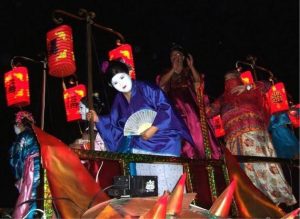
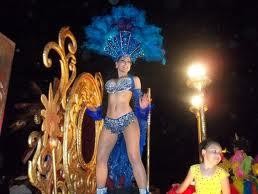
Most of the Caribbean islands have a Carnival. Carnival is an important period and event for the islands of the Dutch Antilles including Aruba, Curacao, St. Maarten,
Saba, Saint Eustatius (Statia) and Bonaire. I can also vouch for the fact that Saba and Bonaire have world class SCUBA diving. The festivities include “jump-up” parades with beautiful costumes, floats and live bands. There are often middle-of- the-night parades that end at dawn when the burning of a straw King Momo is done. Tradition says this is when the island is cleansed of sins and bad luck.
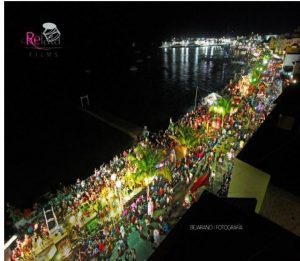
Most the large public celebrations died off during the 19th century but made a comeback in the early 20th century. The events are divorced from their religious roots and now it is more commercialized. They have become important as social and tourist events. These events are not without critics.
Disorderly conduct, excessive alcohol and fighting in the streets are not uncommon. The Veracruz event has critics for moral reasons. The 2012 event in Puerto Vallarta was considered “too sexual in content”. And this year Veracruz has forbidden political candidates and parties.
Download the full edition or view it online
—
Terry is a founding partner and scuba instructor for Aquatic Sports and Adventures (Deportes y Aventuras Acuáticas) in Manzanillo. A PADI (Professional Association of Dive Instructors) Master Instructor in his 36th year as a PADI Professional. He also holds 15 Specialty Instructor Course ratings. Terry held a US Coast Guard 50-Ton Masters (Captain’s) License. In his past corporate life, he worked in computers from 1973 to 2005 from a computer operator to a project manager for companies including GE Capital Fleet Services and Target. From 2005 to 2008, he developed and oversaw delivery of training to Target’s Loss Prevention (Asset Protection) employees on the West Coast, USA. He led a network of 80+ instructors, evaluated training, performed needs assessments and gathered feedback on the delivery of training, conducted training in Crisis Leadership and Non-Violent Crisis Intervention to Target executives. Independently, he has taught hundreds of hours of skills-based training in American Red Cross CPR, First Aid, SCUBA and sailing and managed a staff of Project Managers at LogicBay in the production of multi-media training and web sites in a fast-paced environment of artists, instructional designers, writers and developers, creating a variety of interactive training and support products for Fortune 1000 companies.
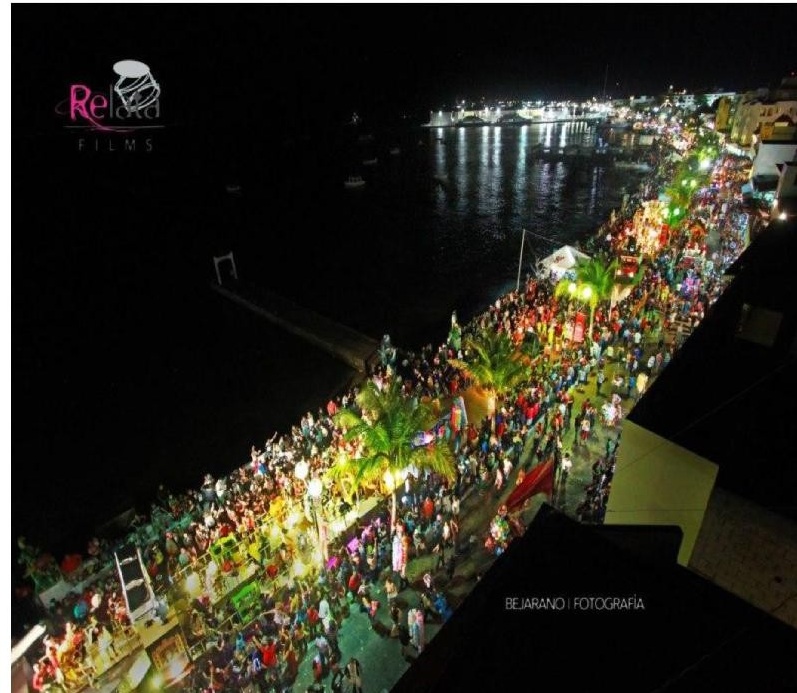

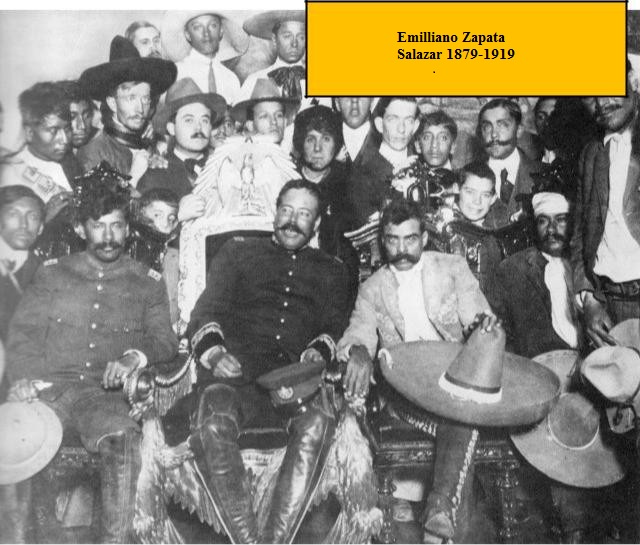
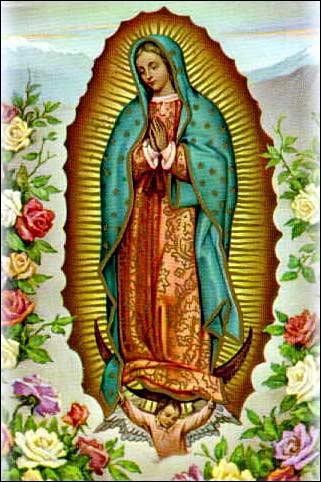

You must be logged in to post a comment.